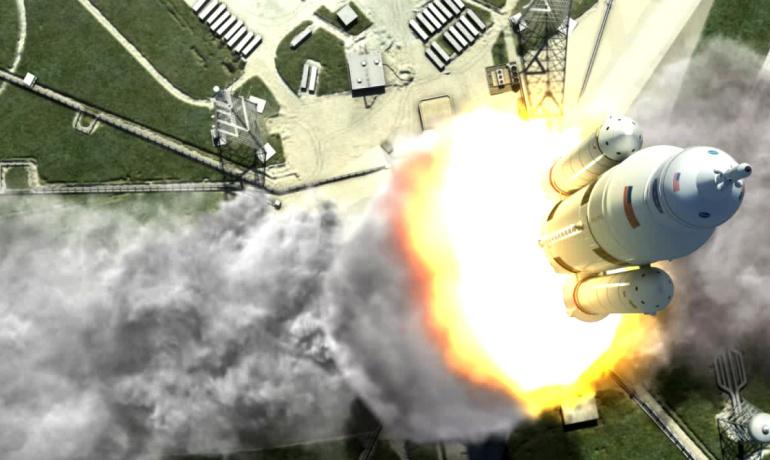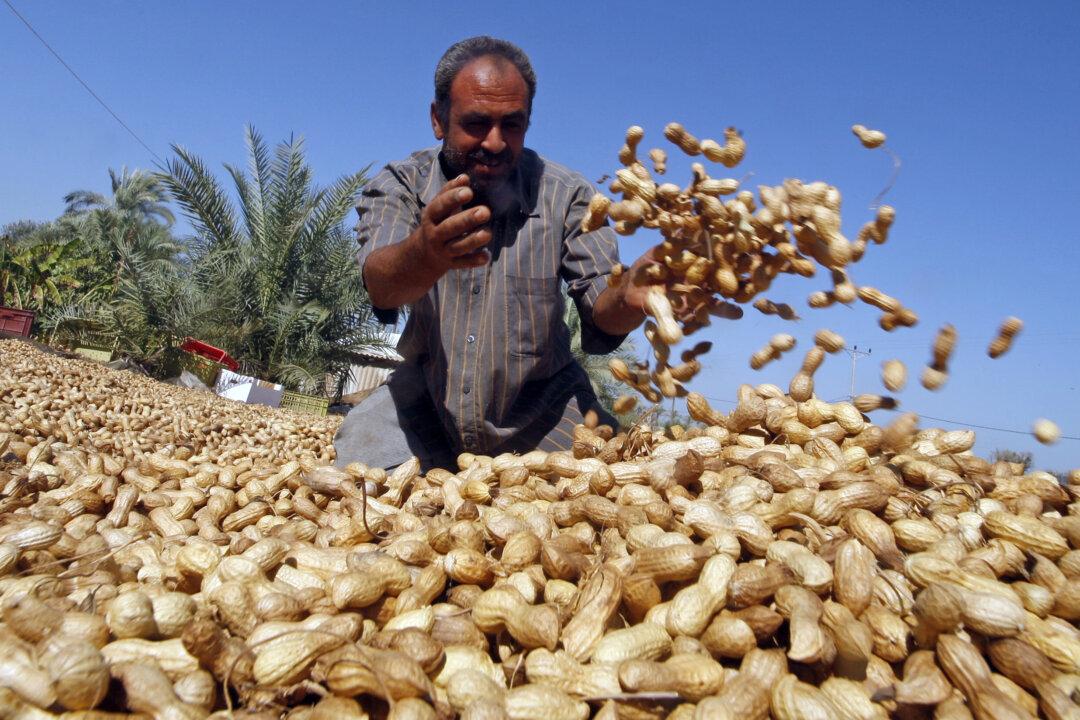A new way to make rocket fuel uses something that is usually stored and burned up on re-entry: human waste.
In 2006, NASA began making plans to build an inhabited facility on the moon’s surface between 2019 and 2024. As part of NASA’s moon-base goal, the agency wanted to reduce the weight of spacecraft leaving Earth.
Historically, waste generated during spaceflight would not be used further. NASA stores it in containers until it’s loaded into space cargo vehicles that burn as they pass back through the Earth’s atmosphere. For future long-term missions, though, it would be impractical to bring all the stored waste back to Earth.
Dumping it on the moon’s surface is not an option, so the space agency entered into an agreement with researchers at University of Florida to develop test ideas.
The results are published in the journal Advances in Space Research.
290 Liters of Methane Per Crew
“We were trying to find out how much methane can be produced from uneaten food, food packaging, and human waste,” says Pratap Pullammanappallil, associate professor of agricultural and biological engineering at University of Florida.
“The idea was to see whether we could make enough fuel to launch rockets and not carry all the fuel and its weight from Earth for the return journey. Methane can be used to fuel the rockets. Enough methane can be produced to come back from the moon.”
NASA started by supplying scientists with a packaged form of chemically produced human waste that also included simulated food waste, towels, wash cloths, clothing, and packaging materials. Researchers then ran laboratory tests to find out how much methane could be produced from the waste and how quickly.
They found the process could produce 290 liters of methane per crew per day, all produced in a week. Their results led to the creation of an anaerobic digester process, which kills pathogens from human waste, and produces biogas—a mixture of methane and carbon dioxide by breaking down organic matter in waste.
Here on Earth, Too
Like so many other things developed for the space program, the process could one day be used on Earth as well, for heating, electricity generation, or transportation, Pullammanappallil says.
“It could be used on campus or around town, or anywhere, to convert waste into fuel.”
The digestion process also would produce about 200 gallons of non-potable water annually from all the waste. That is water held within the organic matter, which is released as organic matter decomposes.
Through electrolysis, the water can then be split into hydrogen and oxygen, and the astronauts can breathe oxygen as a back-up system. The exhaled carbon dioxide and hydrogen can be converted to methane and water in the process.
Source: University of Florida. Republished from Futurity.org under Creative Commons license 3.0. Read the original.

